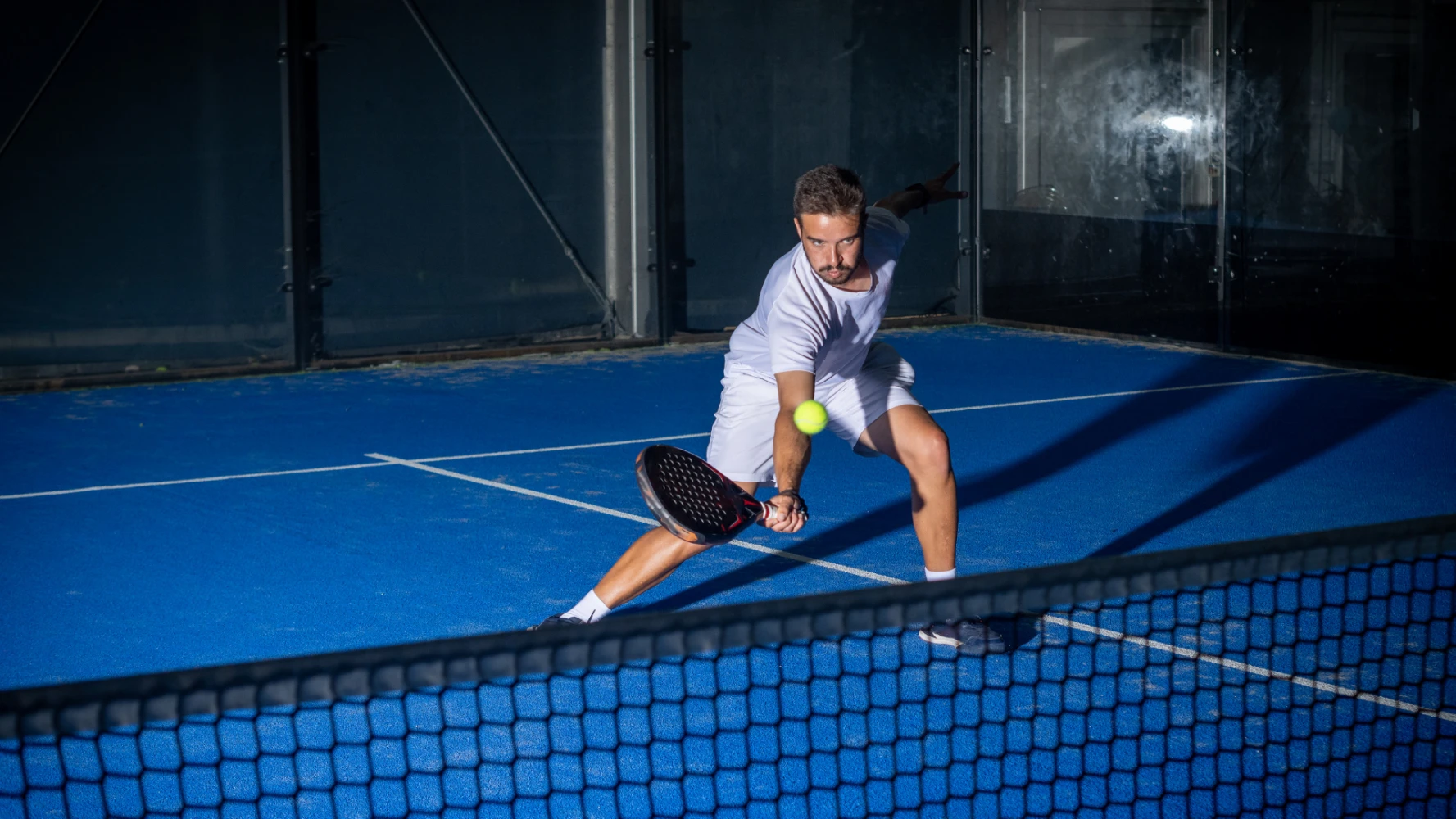Badminton is the fastest racket sport, but rallies are rarely won by pure strength alone. The real advantage belongs to the player who knows how to manipulate time and space by playing with the opponent's perception. Deception is the ultimate weapon: it consists of giving the illusion of executing one shot to then execute another, thereby frustrating the opponent's anticipation.
The Wrist: The Central Tool of Dissimulation
The secret of deception lies in the ability to generate a change of direction or speed at the last moment, using minimal movement.
The Role of Grip and Wrist
The Loose Grip: The racket must be held loosely during the preparation. It is the relaxation that allows the rapid rotation of the wrist at the moment of impact, masking the final orientation of the shot.
The Last Second: The deceptive action occurs literally in the last milliseconds of the strike. The player presents one trajectory only to pivot the wrist at the last moment and execute a different shot than the one that seemed ready.
The Slice and the Cut Effect The Slice is one of the most effective deceptions. Instead of hitting the shuttlecock cleanly, the player brushes the shuttlecock sideways, generating a cutting effect (spin).
The Cross-Court Drop: Executed after showing the intention of a straight drive. The wrist twists at impact to send a slow, cross-court drop that moves away from the expected trajectory.
The Reverse Slice Clear: Using a backhand grip and movement for a clear, but adding a slice to slow the shuttlecock's speed, making it fall just in the middle of the court instead of going to the back line.
The Art of Delay and Timing
Deception is not just about the racket motion; it is tactical and plays on the rhythm of the rally.
The False Preparation
The Delay: The player delays cocking their stroke, forcing the opponent to start their recovery run before they have seen the shuttlecock's direction. This split second of hesitation is the goal of deception.
The Change of Pace: Constantly alternating between very fast shots and slow shots prevents the opponent from getting used to a given speed, increasing the effectiveness of deceptions.
Net Play Deception Deception is omnipresent at the net. The player can fake a smash by raising the racket high, only to let the shuttlecock die with a simple, very short net shot that rolls over the tape.
Tactical Application and Risks
Integrating deception requires a delicate balance between audacity and precision.
The Objective: Unbalancing: Deception must aim to unbalance the opponent. By forcing a hesitation step forward, the backcourt is opened, and vice versa.
The Downside: Deception remains a generally difficult shot because masking your intention usually does not put you in the optimal position to execute the desired shot. It must therefore be used sparingly.
Conclusion
Mastering the art of deception is an incredibly effective tactical weapon on the court. It is not strength, but the intelligence of the gesture—the ability to conceal the intent until the last moment—that allows one to manipulate the opponent's movements and gain the few tenths of a second necessary to turn a neutral situation into a winning point.




Comments